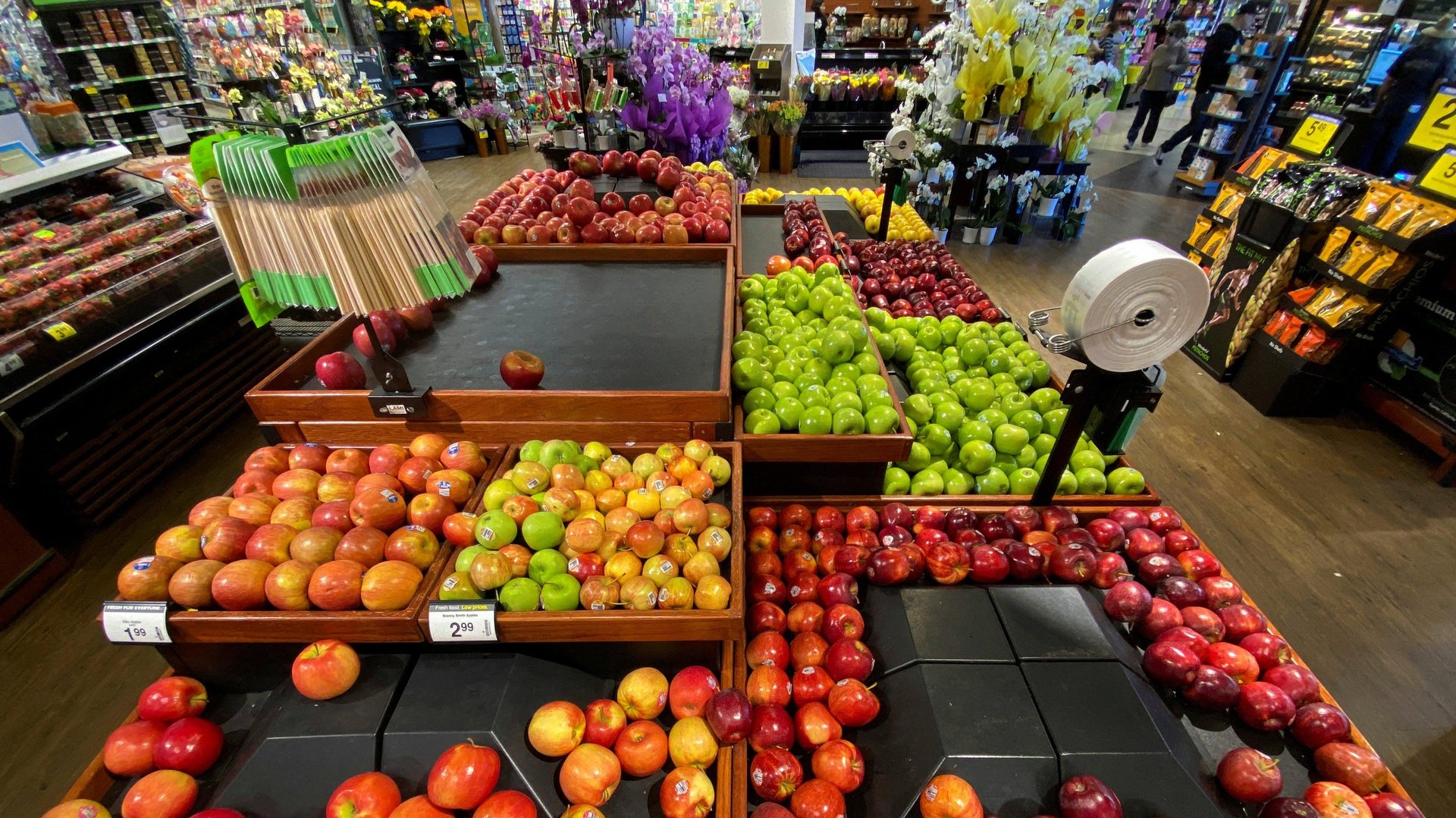The number of US households on SNAP benefits ordering groceries online has doubled since 2021
Ordering groceries online for delivery is no longer a luxury

Of course affluent shoppers tend to like online groceries—because time is money. But demand for the service is moving deeper across all income levels, including Americans using Supplemental Nutrition Assistance Program (SNAP) benefits to buy online.
Data from the US Department of Agriculture (USDA) shows the number of households that used SNAP benefits to make at least one online order doubled from 1.5 million in January 2021 to 3.1 million in March of this year. The data was first reported on by Grocery Dive, a trade publication.
SNAP benefits, which can only be spent on groceries, are accessible to low-income households. Participants receive on average an estimated $127 a month.
Being able to shop online can be a big time saver for those working multiple jobs, which is more common among low-wage workers.
SNAP online buying expanded during the pandemic
The increase in households using SNAP for online groceries comes as more stores accept the government benefit for online orders. In 2019, the US government allowed retailers Walmart, ShopRite, and Amazon to accept SNAP benefits for online grocery orders in New York. As demand for e-commerce skyrocketed during the pandemic, so did the interest in getting SNAP accepted by more online grocers. By early 2021, SNAP purchasing of online groceries was available in nearly every state.
More than 150 retail chains, as well as Instacart, have received government approval to accept SNAP purchases made online.
The number of SNAP recipients also soared during the pandemic. And though it has dropped since mid-2020, it’s still above pre-pandemic levels at a time of soaring food prices.
Last year, more than 41 million people participated in SNAP. Giving them access to the same conveniences as wealthier shoppers seems like an easy call—and could help retailers as they try to amass enough online customers to make grocery delivery more profitable.